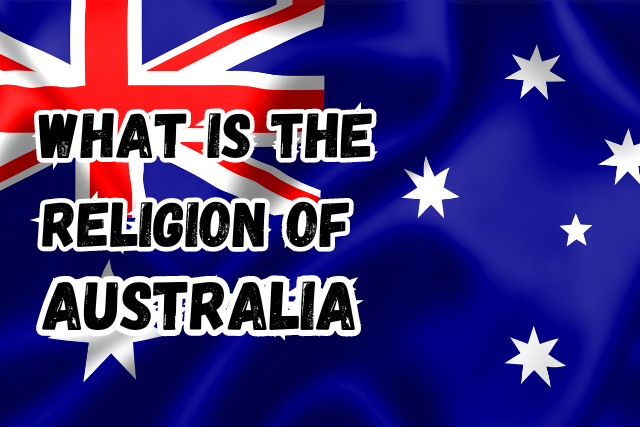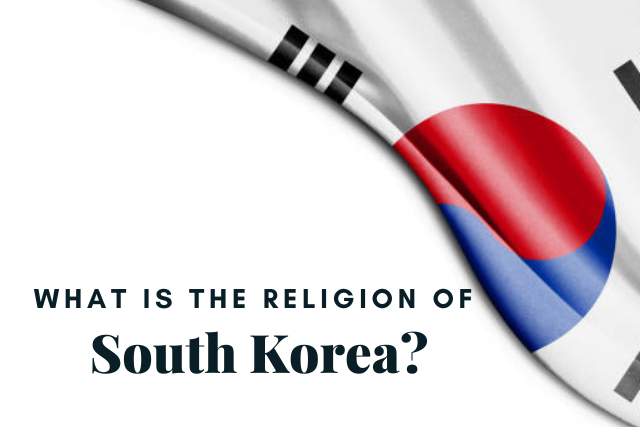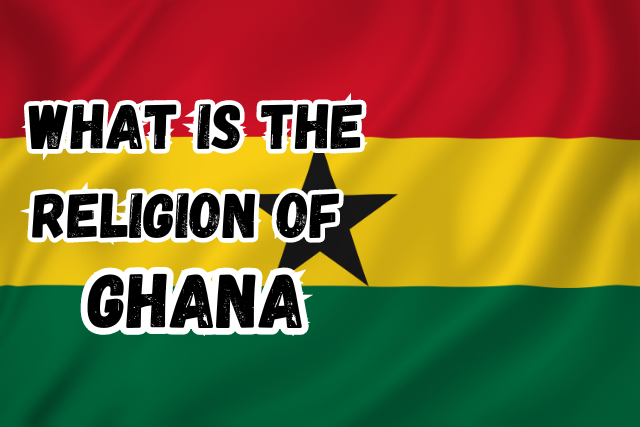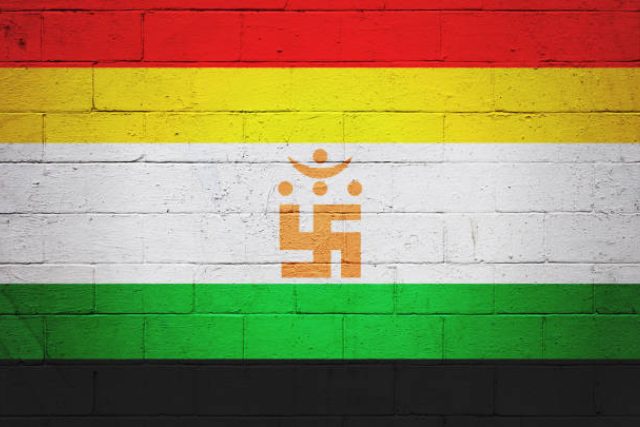What is the Religion of Sri Lanka?

Sri Lanka, a resplendent island nation nestled in the Indian Ocean, boasts a vibrant tapestry woven from diverse cultures, ethnicities, and, most importantly, religions. While Buddhism reigns supreme, the religious landscape of Sri Lanka is a beautiful blend of faiths practiced in harmony for centuries.
This blog post delves into the what is the religion of sri lanka. We’ll explore the dominant religion, Buddhism, its historical roots, and its profound influence on the country’s culture. We’ll then shed light on the other significant faiths contributing to Sri Lanka’s rich religious mosaic, including Hinduism, Islam, and Christianity.
What is the Religion of Sri Lanka?
In Sri Lanka, Buddhism is the main religion that the government officially acknowledges. But people there follow different religions. According to the 2012 census, about 70.2% of Sri Lankans are Buddhists. Around 12.6% are Hindus, 9.7% are Muslims (mostly Sunni), and 7.4% are Christians, with many being Catholics. This diversity shows how people in Sri Lanka practice various faiths, contributing to the country’s rich cultural tapestry.
Buddhism in Sri Lanka

Buddhism, Theravada Buddhism to be precise, is the cornerstone of Sri Lanka’s religious identity. According to the 2012 census, a staggering 70.2% of Sri Lankans identify as Buddhist. This deep connection with Buddhism stems back to the 3rd century BCE when Emperor Ashoka’s son, Mahinda, introduced Buddhism to the island. The arrival of Buddhism marked a turning point in Sri Lankan history, shaping its cultural practices, art, and architecture.
The influence of Buddhism is evident everywhere you look in Sri Lanka. Majestic stupas, towering Buddha statues, and serene temples dot the landscape, serving as silent testaments to the faith’s enduring presence. One of the most revered Buddhist pilgrimage sites in Sri Lanka is the sacred city of Kandy, which houses the Temple of the Tooth, believed to enshrine a relic of Lord Buddha’s tooth.
Buddhist values of compassion, non-violence, and mindfulness are deeply ingrained in Sri Lankan society. Poya, a full moon Poya Day, is a national holiday observed by Buddhists, marking a time for devotion, meditation, and acts of merit. The vibrant Buddhist festivals like Esala Perahera in Kandy showcase the rich pageantry and traditions associated with the religion.
Hinduism in Sri Lanka
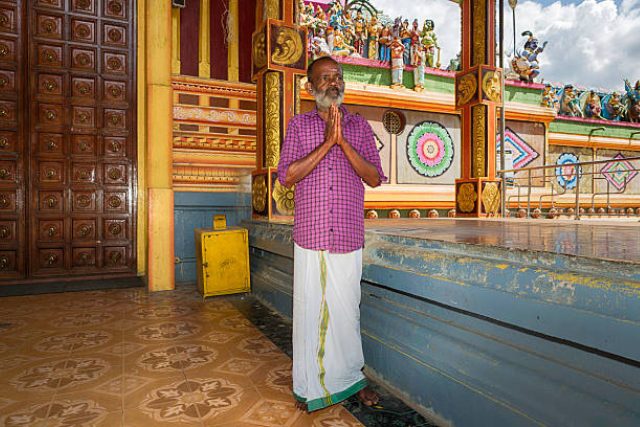
While Buddhism holds the majority, Hinduism occupies a significant space in Sri Lanka’s religious sphere, with approximately 12.6% of the population adhering to it. Hinduism’s roots in Sri Lanka can be traced back even further than Buddhism, with a strong presence among the Tamil minority, particularly in the north and east of the island.
Hindu temples, adorned with colorful deities and intricate carvings, are a common sight in Sri Lanka. Popular Hindu festivals like Deepavali (Festival of Lights) and Thai Pongal (harvest festival) are vibrant celebrations that bring communities together. Although distinct from Buddhism, Hinduism coexists peacefully, with some Sri Lankans even incorporating elements of both faiths into their practices.
Islam in Sri Lanka
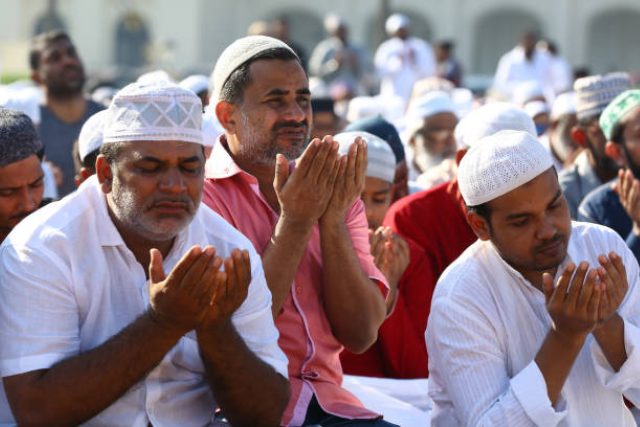
Islam, practiced by around 9.7% of Sri Lankans, is another vital thread in the religious tapestry of Sri Lanka. The arrival of Arab traders in the 7th century CE introduced Islam to the island. Sri Lankan Muslims, predominantly Sunni, reside throughout the country, with significant populations on the east coast.
Mosques with their distinctive minarets are a familiar sight in Sri Lanka’s towns and cities. The Islamic holy month of Ramadan is observed with devotion and community gatherings for prayers and evening meals. Sri Lankan Muslims contribute significantly to the country’s cultural and social fabric.
Christianity in Sri Lanka
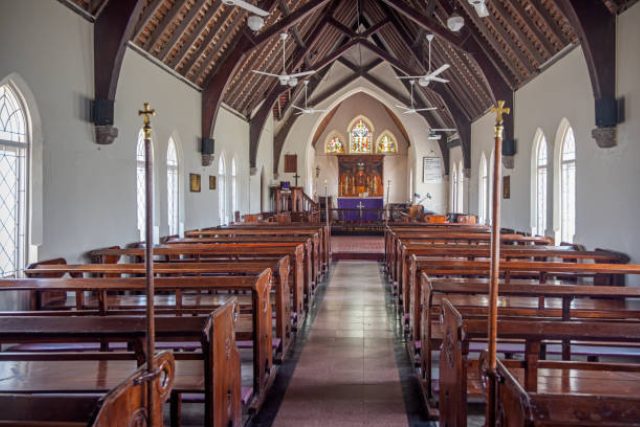
Christianity, with roughly 7.4% of Sri Lankans as adherents, arrived in Sri Lanka during the Portuguese colonial era in the 16th century. Catholicism remains the dominant Christian denomination, followed by Protestantism.
Churches stand tall in many Sri Lankan towns, representing the Christian faith. Christmas is a festive occasion celebrated by Sri Lankan Christians, adding another dimension to the country’s vibrant holiday season.
A Celebration of Religious Harmony
Sri Lanka’s unique blend of religions is a testament to its long history of tolerance and acceptance. Despite the dominance of Buddhism, other faiths like Hinduism, Islam, and Christianity flourish. This religious diversity is a source of strength for Sri Lanka, fostering a spirit of mutual respect and understanding.
Here are some additional aspects that showcase the beauty of religious harmony in Sri Lanka:
- Interfaith cooperation: There’s a growing emphasis on interfaith dialogue and collaboration between different religious communities in Sri Lanka. This fosters understanding and strengthens social cohesion.
- Shared festivals: Certain festivals, like Vesak (commemorating Buddha’s birth, enlightenment, and passing away), transcend religious boundaries and are celebrated by people of all faiths.
- Religious pilgrimage sites: Some religious sites, like Sri Adam’s Peak, hold significance for multiple faiths, promoting a sense of shared sacred space.
FAQs What is the Religion of Sri Lanka
What is the dominant religion in Sri Lanka?
The dominant religion in Sri Lanka is Buddhism, specifically Theravada Buddhism. Around 70% of Sri Lankans identify as Buddhists, reflecting the deep-rooted influence of Buddhism on the island’s culture and society.
Are there significant populations of other religions in Sri Lanka?
Yes, Sri Lanka is home to diverse religious communities. Hinduism is practiced by approximately 12% of the population, with a majority of adherents among the Tamil minority. Islam is followed by about 10% of Sri Lankans, while Christianity, including Catholicism and Protestantism, is embraced by around 7% of the population.
How do different religious communities interact in Sri Lanka?
Despite religious diversity, Sri Lanka fosters a culture of harmony and coexistence among its various religious communities. Interfaith cooperation is growing, with efforts focused on dialogue and collaboration to promote mutual understanding and respect. Shared festivals and pilgrimage sites that hold significance for multiple faiths further strengthen the bonds between communities.
What are some examples of religious landmarks in Sri Lanka?
Sri Lanka is dotted with religious landmarks that reflect its rich spiritual heritage. Some notable examples include the Temple of the Tooth in Kandy, a sacred Buddhist site believed to house a relic of the Buddha; Hindu temples adorned with intricate carvings depicting deities from the Hindu pantheon; mosques with distinctive minarets that stand as symbols of the Islamic faith; and churches representing Christianity, particularly in areas influenced by colonial history.
Has Sri Lanka experienced religious tensions in its history?
Yes, Sri Lanka has faced periods of religious tensions, particularly during times of political or ethnic conflict. Historical divisions between the Sinhalese majority and the Tamil minority have sometimes led to clashes fueled by religious differences. However, there is a growing emphasis on interfaith dialogue and understanding as Sri Lanka strives for a more inclusive and tolerant society.
Summing Up
In conclusion, Sri Lanka stands as a shining example of a multi-religious nation where different faiths converge to create a vibrant tapestry of cultural identity. It is a place where ancient traditions blend seamlessly with modern life, where religious landmarks share the skyline, and where the spirit of coexistence prevails. Sri Lanka is indeed a multifaceted gem, where faith and cultural harmony intertwine to create a truly unique and beautiful landscape.

